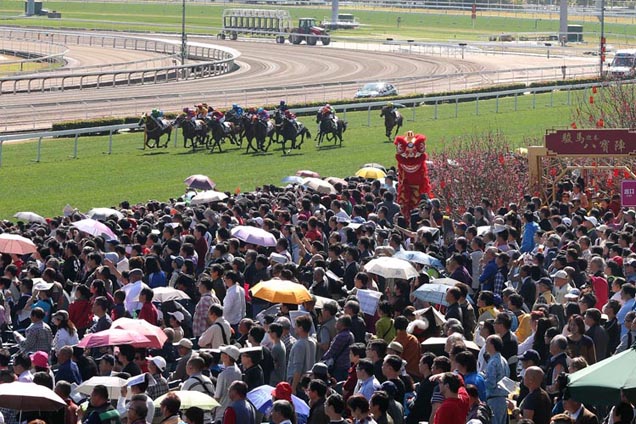Part three in our noble quest to become better punters looks at when we should bet.

To this point we have discussed the importance of thinking probabilistically and the importance of not just liking a horse, but determining just how much we like it.
Using our golf analogy we are now in a position where we have sorted out our game as best we can (fine tuning our game is infinitely ongoing) and we are comfortable that we have the tools to play solid golf.
The trick now is to turn our solid rounds into scoring rounds.
Hitting par is good, and much of our time will be spent doing so, but in order to make all this work worthwhile we need to start pin-seeking and ultimately, making birdies.
This is one of the biggest tasks facing the punter.
Money management is as important as doing the form, perhaps even more so, and yet it is afforded little airtime.
It is almost certainly the biggest difference between the winning and losing punter.
Defined staking plans can be very useful – it’s well worth understanding ideas like Kelly Criterion, level staking etc even if you’re not completely adhering to them or coming up with a plan of your own – as they provide the consistency that we need to hold on to our bank and keep us in the game. To keep making pars.
Returning a profit on turnover (POT) on our regular bets is ideal but more often than not you wouldn’t want the hourly rate. Their true worth is in keeping us in the game and in good form. From there the key is to make it count when we the big opportunities arise.
The ‘big opportunity’ is fairly subjective but a combination of a good horse in a good race with a good jock aboard that you have rated as an overlay – and importantly you should have a good idea why it is an overlay – represents a terrific betting opportunity.
These don’t come about every day of the week, but when they do, we should attack the flag.
Its shots like this - Rory Goes Pin Seeking - that make grinding out the small profits in non-carnival times worthwhile.
The next question here is what exactly a ‘good overlay’ is. Should we bet every horse that we have rated shorter than the market?
Again this is subjective but if we do we run the risk of betting against our own handicapping/form analysis from earlier in the process.
As an example lets say we have a horse rated at 15-1 in a ten horse field. Many will argue that taking 20-1 about a horse that you think has a 15-1 chance is a good bet, and mathematically that’s a reasonable position to take, but we are betting against our own opinion in a sense, as by rating the horse 15-1 we have effectively said that the horse is less likely to win than by random chance in the ten horse field (9-1).
The other issue here is that as you roll further down the odds-chain you need far more turns of the bookies board to get the percentages in your favour.
To get the same percentage in our favour with our 15-1 shot as we would be getting by taking 2.5 about a 2.25 chance we need to be getting bigger than 50-1!
This creeps into the psychology of the punter as well.
Even if long term the horses we are taking 20-1 about prove to be closer to our 15-1 rating and eek out a small profit the inevitable losing streaks are going to take their toll.
A punter on a long string of outs is more likely to chase bets. Attacking the green when laying-up is the best option can end in disaster - Punting psychology gets to Jean
Operating on a ‘5% overlay equals play’ is a good starting point, but there will be occasions when your overlay might be just 3 or 4% and your inner-punter likes the bet.
In this scenario it is best to go with your intuition. Intuition typically enhances a quantitative prediction and there is no reason not to allow yourself to trust your instincts given that you have put the framework in place to ensure you are making good bets in the long term.
Similarly, if your methods have a horse marked at 4-1 and the market says it 15-1 and you don’t know why, you might want to lay-up, take par, and move on to the next hole.





